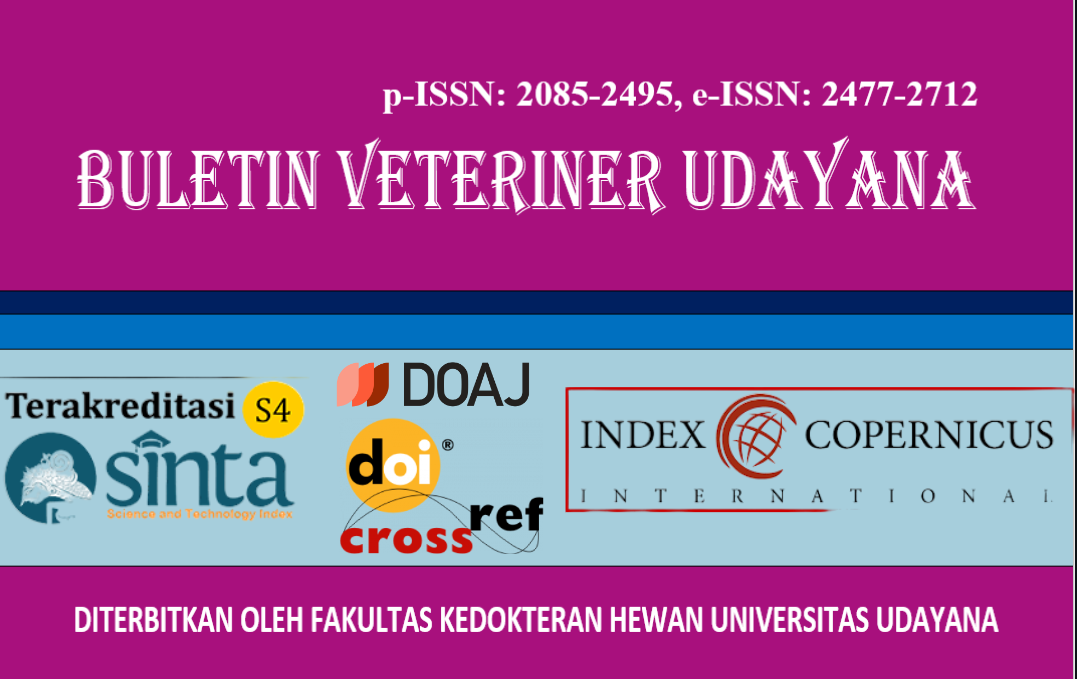A GAP ANALYSIS OF ANTIVENOM AVAILABILITY AND ITS IMPACT ON SNAKEBITE MORTALITY IN INDONESIA
DOI:
https://doi.org/10.24843/bulvet.2025.v17.i05.p25Keywords:
snakebite, antivenom, mortality, one health, Veterinary Public HealthAbstract
Snakebite envenoming is a significant neglected tropical disease in Indonesia, characterized by high incidence and mortality. This literature review aims to analyze the gap in antivenom availability and its impact on snakebite mortality in Indonesia. This study employs a systematic literature review methodology, synthesizing data from scientific journals, government reports, and news media. The results indicate a critical public health crisis driven by several interconnected factors. First, there is a severe discrepancy between Indonesia's high venomous snake biodiversity (77 species) and the extremely limited coverage of its nationally produced antivenom, Serum Anti Bisa Ular (SABU), which is only effective against three species. Second, scientific analysis reveals that SABU has suboptimal purity and neutralization potency, even against its target venoms, necessitating larger doses and increasing the risk of adverse reactions. Third, systemic barriers, including a lack of reliable epidemiological data, a fragmented distribution chain concentrating antivenom in urban centers, widespread public misinformation about first aid, and inadequate healthcare worker training, create a broken "chain of survival." The convergence of these factors results in an estimated mortality rate of 10%, five times the global average, with only about 10% of victims who need antivenom actually receiving it. The recent issuance of a national snakebite management guideline in 2023 is a positive step, but it cannot overcome the fundamental lack of appropriate therapeutic tools. This review concludes that high mortality is a direct consequence of this multifaceted antivenom gap. It is recommended that the government prioritize the development of new, region-specific polyvalent antivenoms and overhaul the national supply chain to ensure equitable access.




